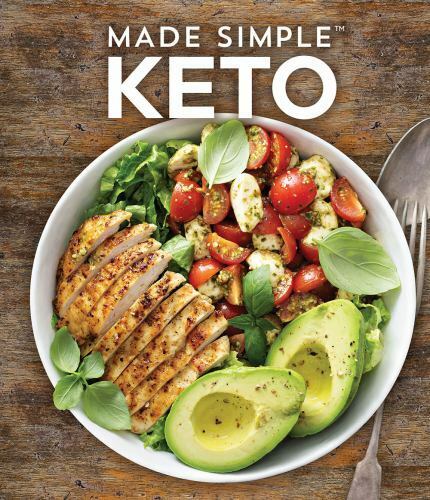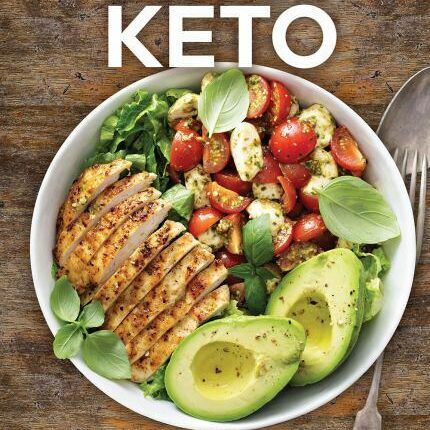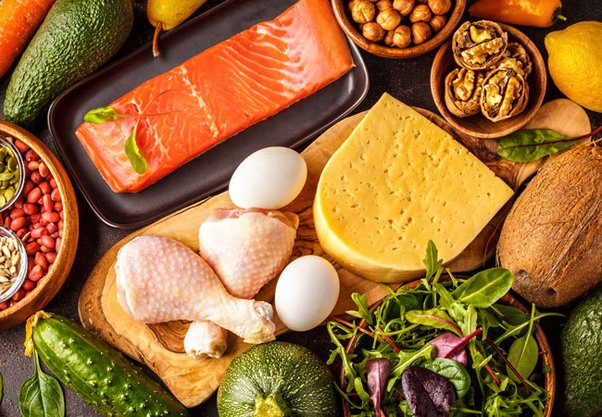Embarking on the ketogenic diet can seem daunting for beginners. This comprehensive guide will break down the basics, offering a step-by-step approach to starting and maintaining a successful ketogenic lifestyle. From understanding what ketosis means to choosing the right foods and navigating common challenges, this article covers everything you need to know to make your keto journey as smooth as possible.
Understanding Ketosis
The ketogenic diet operates on the principle of ketosis, a metabolic state in which your body burns fat for fuel instead of carbohydrates. By drastically reducing your carb intake and increasing your fat consumption, your body switches to using ketone bodies produced from fats as its primary energy source. Achieving ketosis can lead to weight loss, increased energy, and improved mental clarity.

Getting Started with the Keto Diet
- Educate Yourself: Before diving in, it’s important to understand the foods you can eat, those you should avoid, and how the diet affects your body. This knowledge will prepare you for the changes ahead and help you make informed dietary choices.
- Clear Out Carbs: Start by eliminating high-carb foods from your diet, such as sugars, sweets, sodas, breads, and pastas. Stock your pantry with keto-friendly foods like meats, high-fat dairy, nuts, seeds, and low-carb vegetables.
- Plan Your Meals: Planning is crucial on the keto diet. Prepare weekly meal plans that focus on fats and proteins, with carbs coming mainly from vegetables. This can help prevent carb cravings and make grocery shopping easier.
- Track Your Macros: A successful keto diet requires balancing your macronutrients—fats, proteins, and carbohydrates. Many apps and tools are available to help you track your intake and ensure you’re staying within the ketogenic guidelines.
Keto-Friendly Foods
- Fats: Avocado, coconut oil, butter, heavy cream, and olive oil.
- Proteins: Meat, poultry, fish, and eggs.
- Vegetables: Leafy greens, above-ground vegetables like broccoli and cauliflower.
- Dairy: Cheese, high-fat yogurt, and sour cream.
Common Challenges and Solutions
- Keto Flu: Some beginners experience the keto flu, characterized by headaches, fatigue, and irritability, as their bodies adjust. Staying hydrated and maintaining electrolyte balance can alleviate these symptoms.
- Social Eating: Dining out or eating with friends can pose challenges. Opt for meat- or fish-based dishes and replace any high-carb sides with extra vegetables.
Tips for Long-Term Success
- Stay Consistent: Consistency is key in achieving and maintaining ketosis. Stick to your macro goals and make keto a part of your lifestyle rather than a temporary diet.
- Experiment: Once you’re comfortable, experiment with keto recipes and discover new ingredients that keep your meals exciting and satisfying.
- Seek Support: Join online communities, find a keto buddy, or participate in forums where you can share experiences, swap recipes, and get encouragement.
Conclusion
The ketogenic diet is more than just a way to lose weight—it’s a lifestyle change that requires dedication and adjustment. By preparing adequately, embracing the dietary changes, and understanding the mechanisms behind ketosis, beginners can not only achieve but also sustain their health and weight loss goals. With the right tools and mindset, the transition to a ketogenic diet can be a rewarding journey towards better health.

